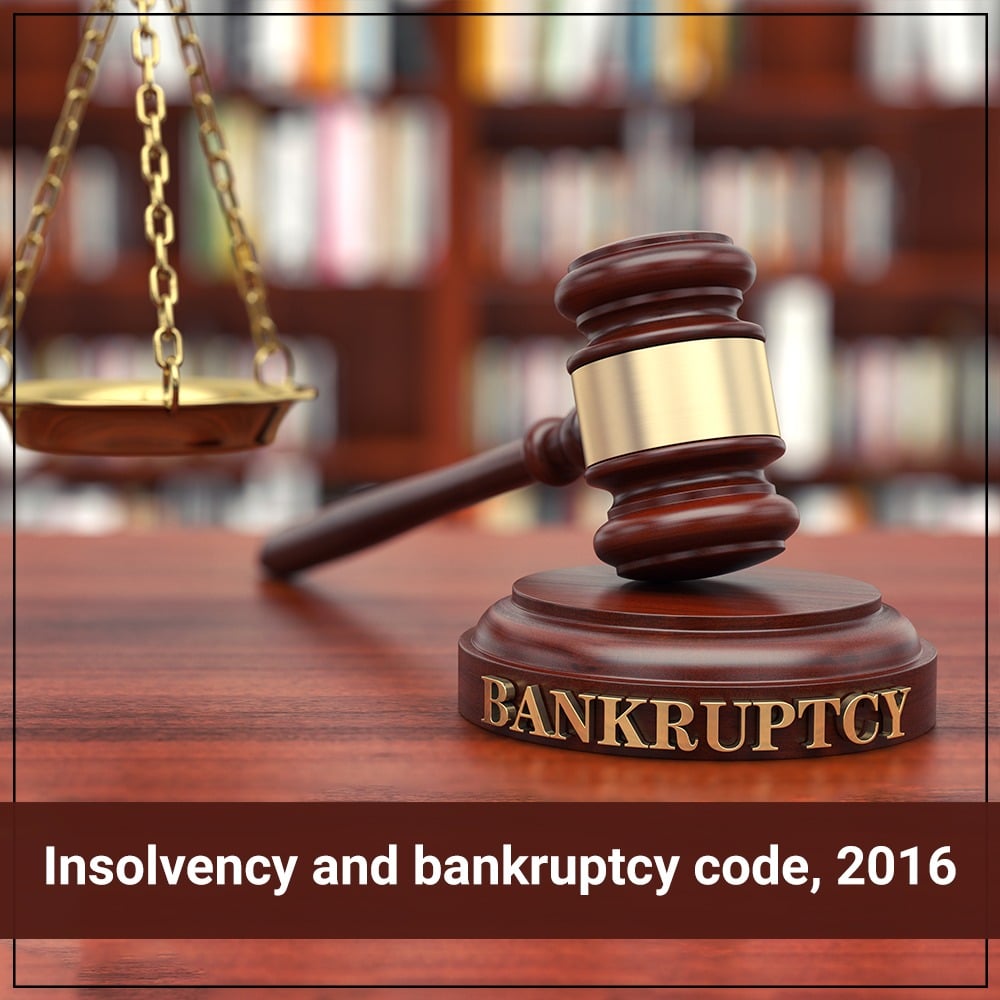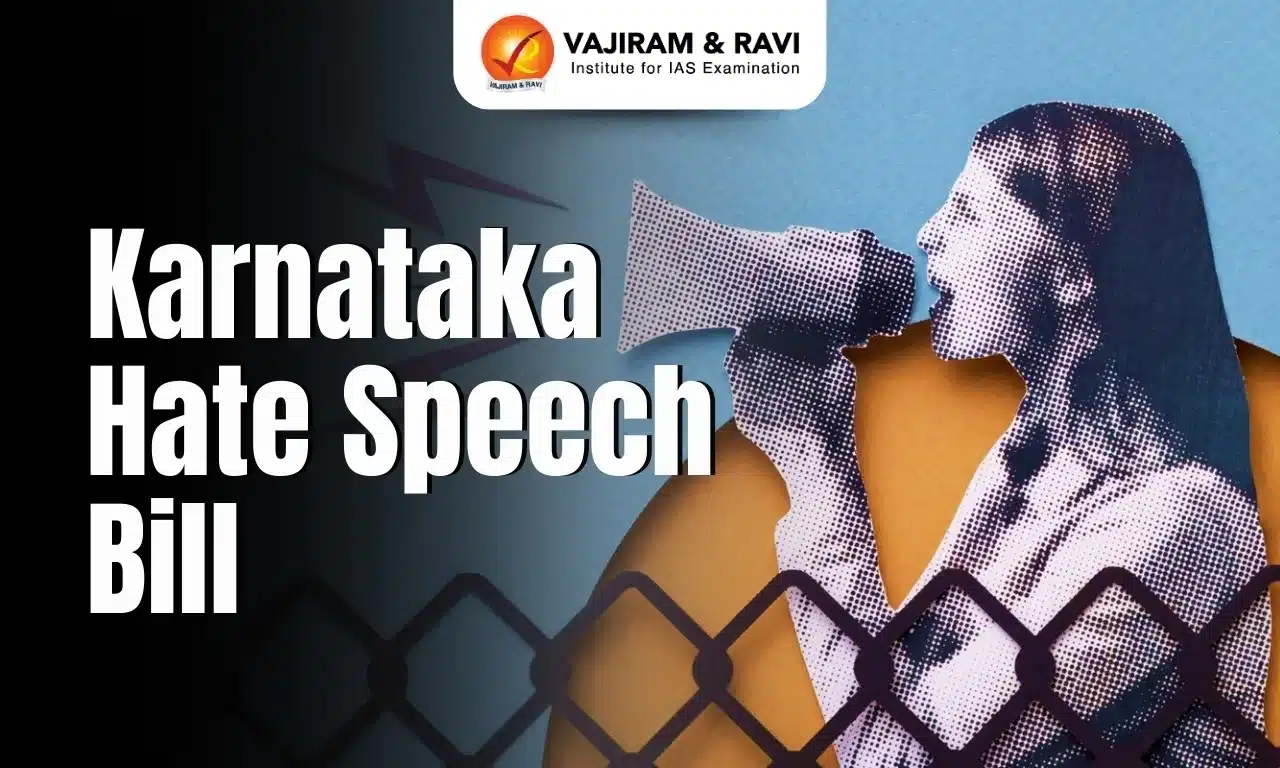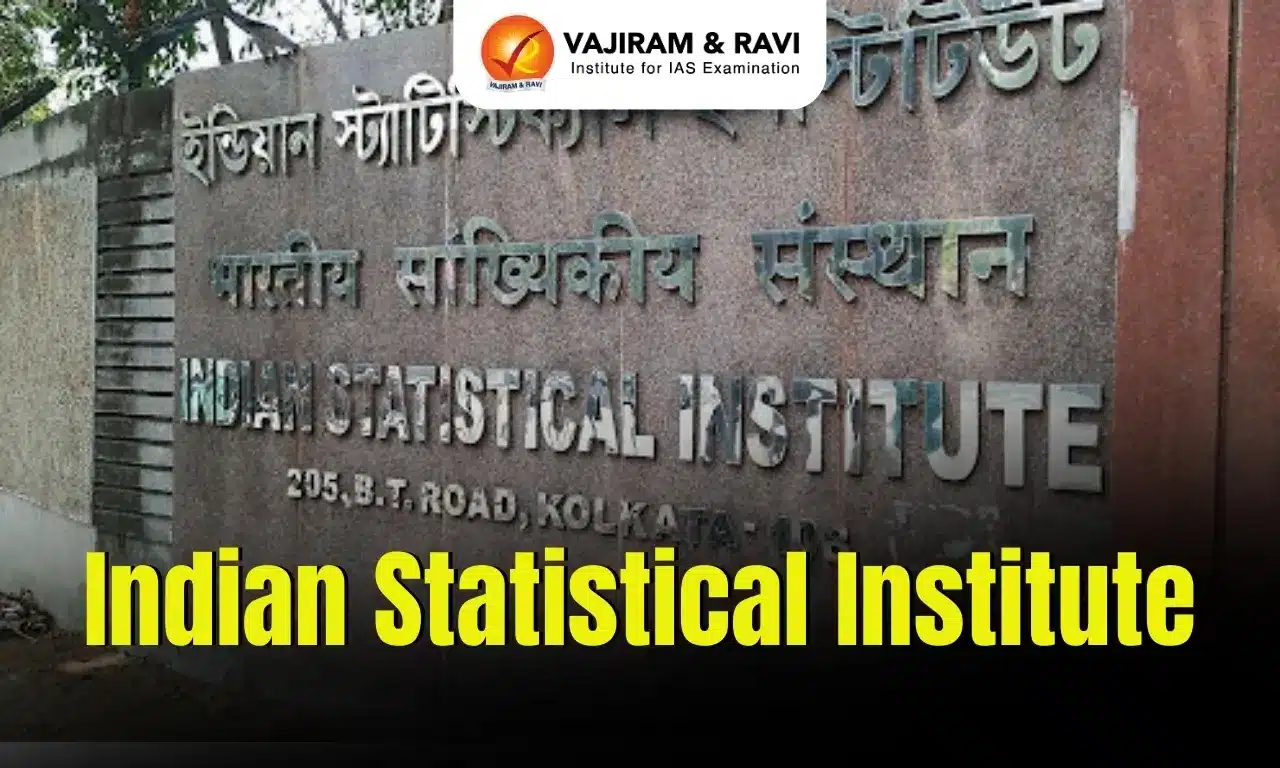What’s in today’s article?
- Why in News?
- Background (Meaning of Insolvency, why IBC is needed)
- About IBC 2016 (Purpose, Mandate, Process, Timeframe, etc.)
- News Summary (SARFAESI Act features)
Why in news?
- The Reserve Bank of India (RBI) has called for extending the ‘pre-packaged’ insolvency resolution process to large borrowers.
- The current process is focused primarily on resolution and requires a majority of creditors to accept a deal before approaching the insolvency court.
Background of IBC
- In a growing economy like India, a healthy credit flow and generation of new capital are essential, and when a company or business turns insolvent or “sick”, it begins to default on its loans.
- In order for credit to not get stuck in the system or turn into bad loans, it is important that banks or creditors are able to recover as much as possible from the defaulter and as quickly as they can.
- The business can either get a chance, if still viable, to start afresh with new owners, or its assets can be liquidated or sold off in a timely manner.
- This way fresh credit can be pumped into the system and the value degeneration of assets can be minimised.
What is the Insolvency and Bankruptcy Code (IBC)?
- In 2016, at a time when India’s Non-Performing Assets and debt defaults were piling up, the Insolvency and Bankruptcy Code (IBC) code was introduced to overhaul the corporate distress resolution regime in India and consolidate previously available laws to create a time-bound mechanism.
- Insolvency resolution in India took 4.3 years on an average.
- In comparison, countries such as UK and USA took 1 year and 1.5 years, respectively.
- The Insolvency and Bankruptcy Code 2016 was implemented through an act of Parliament.
- The Code aims to promote entrepreneurship, availability of credit and balance the interests of all the stakeholders.
What is the mandate of the IBC?
- When insolvency is triggered under the IBC, there can be two outcomes: resolution or liquidation.
- All attempts are made to resolve the insolvency by either coming up with a restructuring or new ownership plan and if resolution attempts fail, the company’s assets are liquidated.
Who regulates the IBC proceedings?
- Insolvency and Bankruptcy Board of India has been appointed as a regulator and it can oversee these proceedings.
- IBBI has 10 members; from Finance Ministry, Law Ministry and the RBI.
News Summary
- The Reserve Bank of India (RBI) has called for extending the ‘pre-packaged’ insolvency resolution process to large borrowers.
- The process refers to an insolvency resolution mechanism where there is an understanding between the debtors and creditors on how to move forward.
- Once two-third of the creditors accept a resolution plan, the parties approach the insolvency court for its implementation.
- The Government had introduced the pre-pack insolvency resolution for MSMEs and other small businesses.
- Speaking in favour of the IBC, the RBI stated that the IBC has helped lenders recover close to 201% of the liquidation value until September 2022.
- The RBI has also acknowledged that Debt Recovery Tribunals (DRTs) and the Securitisation & Reconstruction of Financial Assets and Enforcement of Security Interest Act (SARFAESI), 2002 continue to remain as effective as the IBC.
What is the SARFAESI Act?
- Sarfaesi Act was passed by the Parliament on the basis of recommendations made by the Narasimham Committee – II in 1998.
- The committee was formed to review the progress of the implementation of the banking reforms since 1992 with the aim of further strengthening the financial institutions of India.
- The Act Securitisation and Reconstruction of Financial Assets and Enforcement of Security Interest Act came into existence in December, 2002.
- The primary objective of the Act is to enable the Banks and Financial Institutes to recover its money advanced quickly.
- Before the Act came into existence, Banks or Financial Institutes used to file a civil recovery case in the civil court and the matter used to continue for years together as the said civil suit was contested by both the parties.
- In this context, the Parliament felt the need to promulgate a specific legislation whereunder such non-performing assets (NPAs) can be realised quickly so as to enable the Banks/FIs to lend the said recovered money back in the business.
What are the salient features of SARFAESI Act?
- The Act empowers the Banks and FI’s to auction the property mortgaged with them to recover such outstanding dues which is not paid for years despite repeated follow-ups’.
- In 2013, the Act was amended to include co-operative banks formally under the definition of banks eligible to use it.
- The said property could be a residential or any commercial premises which has been mortgaged with the Bank or FI’s as and by way of security for the money advanced.
- After giving a notice period of 60 days, the lender can:
- Take possession of the pledged assets of the borrower,
- Take over the management of such assets,
- Appoint any person to manage them or
- Ask debtors of the borrower to pay their dues too, with respect to the asset.
- This recovery procedure saves banks and financial institutions a lot of time which otherwise would be long drawn out due to the intervention of courts.
Authorities under the Act
- The Act provides for the establishment of Asset Reconstruction Companies to acquire assets from Banks and other Financial Institutions.
- The ARCs take over a portion of the debts of the bank that qualify to be recognised as NPAs.
- Thus, ARCs are engaged in the business of asset reconstruction or securitisation or both.
- All the rights that were held by the lender (the bank) in respect of the debt would be transferred to the ARC.
- The required funds to purchase such debts can be raised from Qualified Buyers.
- ARCs are regulated by the Reserve Bank of India.
Q1) What is pre-packaged insolvency resolution process?
A pre-pack envisages the resolution of the debt of a distressed company through a direct agreement between secured creditors and the existing owners or outside investors, instead of a public bidding process. The approval of at least 66 per cent of financial creditors that are unrelated to the corporate debtor would be required before a resolution plan is submitted to the NCLT.
Q2) What is asset restructuring?
Asset restructuring involves actions undertaken to realign the asset side of the balance sheet and, as such, it is different from a recapitalization, which involves the realignment of the liability side of the balance sheet and may be done even when the assets of the company remain intact.
Source: Expand small business insolvency model to big corporations too: RBI | SANSAD TV
Last updated on November, 2025
→ Check out the latest UPSC Syllabus 2026 here.
→ Join Vajiram & Ravi’s Interview Guidance Programme for expert help to crack your final UPSC stage.
→ UPSC Mains Result 2025 is now out.
→ UPSC Notification 2026 is scheduled to be released on January 14, 2026.
→ UPSC Calendar 2026 is released on 15th May, 2025.
→ The UPSC Vacancy 2025 were released 1129, out of which 979 were for UPSC CSE and remaining 150 are for UPSC IFoS.
→ UPSC Prelims 2026 will be conducted on 24th May, 2026 & UPSC Mains 2026 will be conducted on 21st August 2026.
→ The UPSC Selection Process is of 3 stages-Prelims, Mains and Interview.
→ UPSC Result 2024 is released with latest UPSC Marksheet 2024. Check Now!
→ UPSC Prelims Result 2025 is out now for the CSE held on 25 May 2025.
→ UPSC Toppers List 2024 is released now. Shakti Dubey is UPSC AIR 1 2024 Topper.
→ UPSC Prelims Question Paper 2025 and Unofficial Prelims Answer Key 2025 are available now.
→ UPSC Mains Question Paper 2025 is out for Essay, GS 1, 2, 3 & GS 4.
→ UPSC Mains Indian Language Question Paper 2025 is now out.
→ UPSC Mains Optional Question Paper 2025 is now out.
→ Also check Best IAS Coaching in Delhi

















